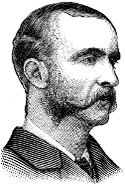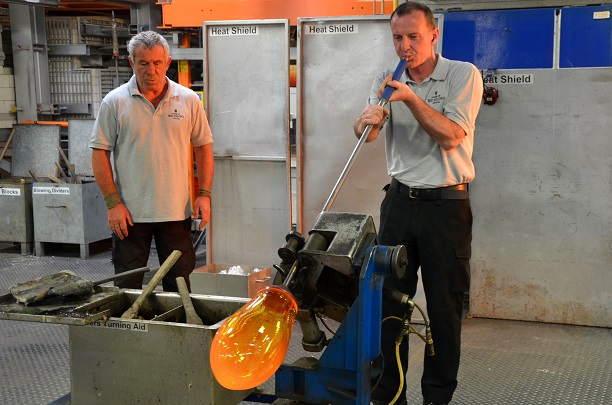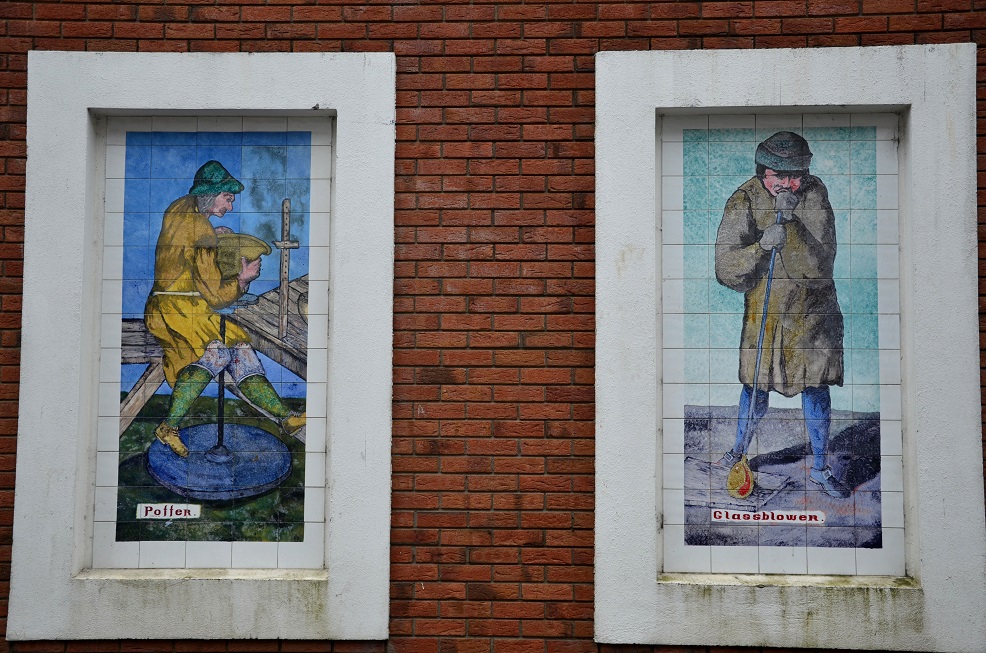DAY 7
WATERFORD CRYSTAL CENTRE
OVERNIGHT IN WATERFORD
Waterford , founded in 853 by the Vikings on the banks of the River Suir,
is surrounded by soft rolling hills.
From 795 AD, Vikings had been raiding along the coast of Ireland. Soon the Vikings
over-wintered in Ireland at ships' havens called longphorts.
The establishment of a Viking settlement
at Waterford by Sitricus, a Norwegian, is generally
dated to 853 AD.
Waterford and all the other longphorts were vacated in 902, the
Vikings having being driven out by the native Irish.
It is recorded in the Irish annals that in 914 AD "A large fleet of
Norwegians landed at Port Lairge" (Waterford) and built what
would be Ireland's first city.
In 1137, Diarmuid MacMorrough, king of Leinster, failed in an attempt to take Waterford.
He was trying to secure the large centres in order to advance his claim for high king of
Ireland.
In 1170 MacMorrough allied himself with
Richard de Clare, 2nd Earl of Pembroke
(Strongbow). Together they besieged and took Waterford after a desperate defense. This
was the introduction of the Anglo-Normans into Ireland.
The Granville Hotel is located on
The Quay in the heart of town, across the street from the river.
The Granville started life as a gracious Georgian mansion during the reign
of George III, then became the home of Thomas Meagher, the first Roman Catholic Lord Mayor
of Waterford in over two hundred years and the father of Thomas Francis Meagher.
In the main intersection of Waterford is a statue of
Thomas Francis Meagher, an Irish revolutionary, who later served in the
United States Army as a Brigadier General during the American Civil War.
After the war, he was appointed Secretary of the new Territory of Montana, and
soon after arriving in the territory was designated the Acting Governor.

Charles Stewart Parnell, "the uncrowned King of Ireland," always stayed
at the Granville when in Waterford, and made one of his first speeches from a
first-floor window.
This morning, enjoy a walking tour with noted local guide and storyteller
Jack Burtchaell.
On our walk we learn that Waterford is unique. Not only is it one of the oldest cities in
Europe, it is the oldest in Ireland. And it is the only city in Ireland where both the
Catholic and Protestant churches were built by the same man, John Roberts (1714 – 1796).
The Catholic Holy Trinity Cathedral was finished in 1796 and the Protestant Christ
Church Cathedral in 1793. Robert’s skills were such that both churches are outstanding
and one would never imagine they came from the same originator.
Roberts prided himself on being a fine craftsman, able to keep up with any of those
in his employ. His dedication
to his art was such that he is believed to have died in his eighties after catching pneumonia,
while climbing the scaffolding around one of the churches.
He was clearly a man of stamina,
also building Waterford’s City Hall and Theatre Royal. And as Burtchaell tells us: He and
his wife lived to an old age and had 21 children.
The Holy Trinity is the oldest Roman Catholic Church in
Ireland and home to 10 ornate Waterford Crystal chandeliers, donated by the company.
Reginald’s Tower is the oldest of the several towers that have survived in Waterford.
It’s been in continual use for the past 900 years, since Viking times.
Serving as a mint, an arsenal, a prison, and a safe house, today it is home to the
Civic and Maritime Museum.
We end our walking tour at the Waterford Crystal Centre, where
highly skilled craftsmen produce hand-crafted high-end pieces using traditional methods.

Glassblower at the Waterford Crystal Centre
©2014 Photo by Michael Reed ~ Creative World Travel
In the afternoon, visit
the Bishop's Palace to see how the well-to-do lived in middle to late 1700's Waterford, when it was Ireland’s second largest city.
Waterford boasts the finest collection of 18th century architecture of any city in Ireland outside of Dublin and its great legacy from the period is its elegant silverware and, of course, fine glassmaking.
Visitors to the Bishop’s Palace will see the oldest piece of Waterford Crystal in the world - a decanter made in the 1780’s.


